Wave Action
Wave action refers to the movement and interaction of waves in bodies of water, such as oceans, seas, and lakes. Waves are a result of the transfer of energy from the wind to the water, and they play a crucial role in shaping coastlines, transporting sediment, and influencing marine ecosystems.
Types of Waves
There are several types of waves, including:
- Wind-generated waves: These are the most common type of waves and are caused by the friction between the wind and the water's surface. Wind-generated waves can vary in size and strength depending on the speed and duration of the wind.
- Tidal waves: These waves are caused by the gravitational pull of the moon and the sun, resulting in the rise and fall of the water level along coastlines.
- Tsunamis: These are large, powerful ocean waves usually caused by underwater disturbances such as earthquakes, volcanic eruptions, or landslides.
Effects of Wave Action
Wave action has several important effects on coastal areas and marine environments, including:
- Erosion: Waves can erode coastlines through the force of their impact and the movement of sediment.
- Deposition: Waves can also deposit sediment along coastlines, contributing to the formation of beaches and barrier islands.
- Marine life: Wave action influences the distribution of marine organisms and the structure of underwater habitats.
- Recreation: Waves provide opportunities for recreational activities such as surfing, swimming, and boating.
Study Guide
To understand wave action, consider the following key concepts:
- How are waves formed?
- What factors influence the size and strength of waves?
- What are the different types of waves and their causes?
- How do waves impact coastlines and marine ecosystems?
- What are some human activities that are affected by wave action?
By exploring these questions, you can gain a comprehensive understanding of wave action and its significance in the natural world.
.◂Science Worksheets and Study Guides Third Grade. How do plants grow?
Study Guide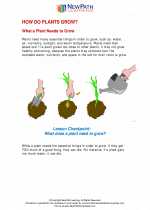 How do plants grow?
How do plants grow?  Activity Lesson
Activity Lesson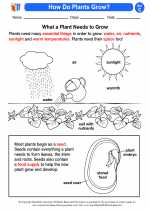 How Do Plants Grow?
How Do Plants Grow?  Worksheet/Answer key
Worksheet/Answer key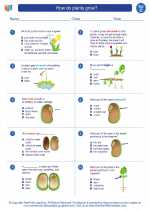 How do plants grow?
How do plants grow?  Worksheet/Answer key
Worksheet/Answer key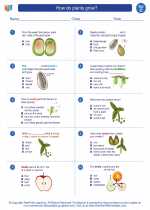 How do plants grow?
How do plants grow?  Worksheet/Answer key
Worksheet/Answer key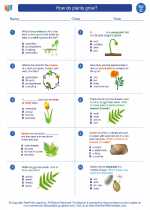 How do plants grow?
How do plants grow?  Worksheet/Answer key
Worksheet/Answer key How do plants grow?
How do plants grow?  Vocabulary/Answer key
Vocabulary/Answer key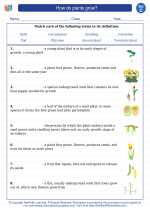 How do plants grow?
How do plants grow?  Vocabulary/Answer key
Vocabulary/Answer key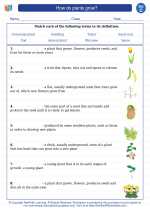 How do plants grow?
How do plants grow? 

 Activity Lesson
Activity Lesson
 Worksheet/Answer key
Worksheet/Answer key
 Worksheet/Answer key
Worksheet/Answer key
 Worksheet/Answer key
Worksheet/Answer key
 Worksheet/Answer key
Worksheet/Answer key
 Vocabulary/Answer key
Vocabulary/Answer key
 Vocabulary/Answer key
Vocabulary/Answer key

The resources above cover the following skills:
LIFE SCIENCE (NGSS)
From Molecules to Organisms: Structures and Processes
Students who demonstrate understanding can:
Develop models to describe that organisms have unique and diverse life cycles but all have in common birth, growth, reproduction, and death.